Building Out Your Raft Frame? Start Here.
Read on to learn more about measuring your raft, sizing your frame, choosing the best oar towers + oar locks for you, calculating the right length oar, and more.
Hold Up - I Don't Even Own a Raft Yet!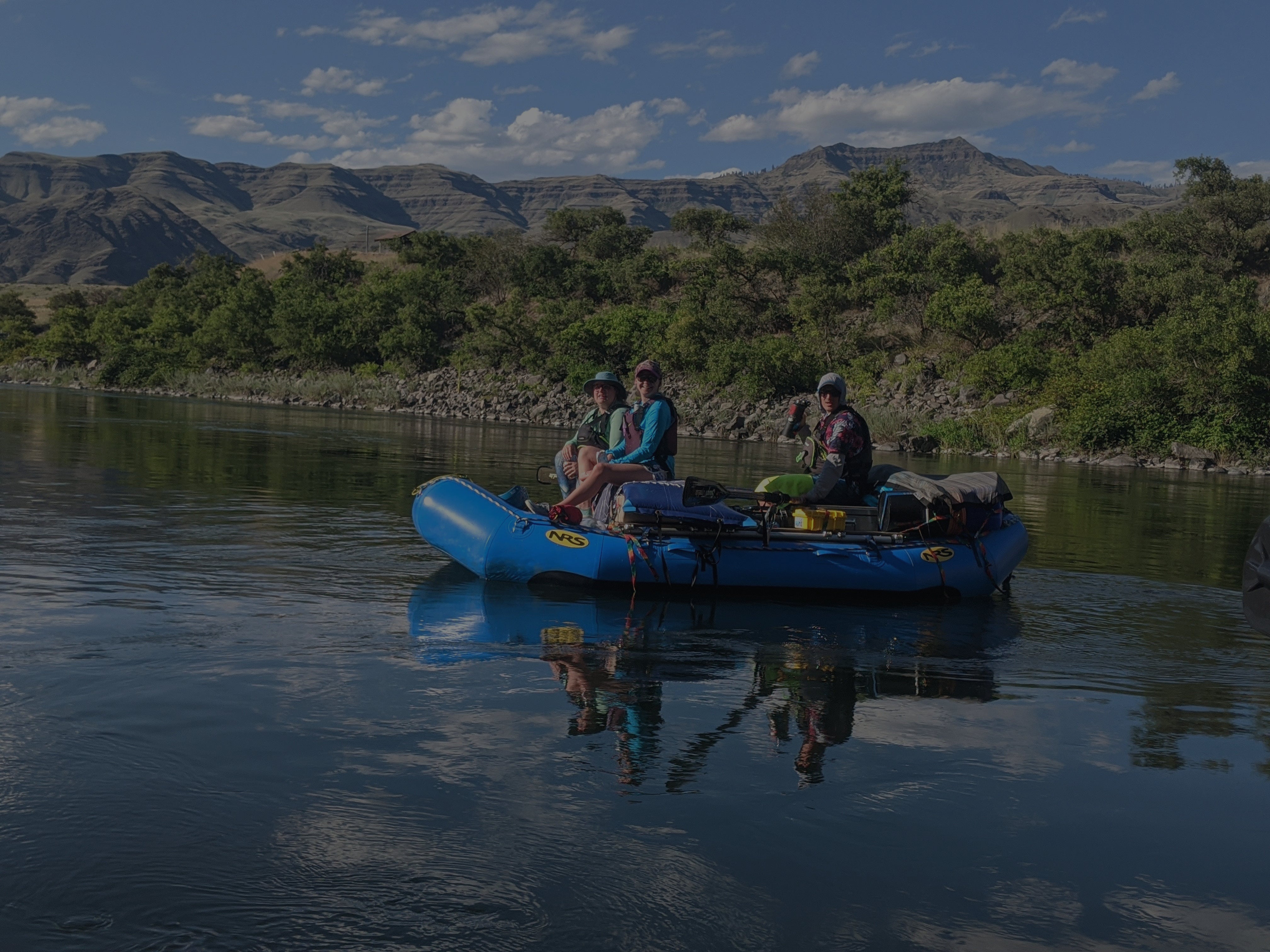
1. Choose the Right Frame for Your Raft
We've taken all of the guesswork out of finding the right frame for your raft with the NRS Raft Frame Base and Frame Sizing Guide, below. This simple raft frame design, using NRS parts, is a perfect base to customize your dream boat.
If your boat is not listed in the guide, please read on to learn more about measuring your raft to ensure a proper frame fit.
CKS Frame Sizing Guide

Measure Your Raft
Some manufacturers, like AIRE or NRS, make finding your raft's specifications easy online and will even list their recommended frame dimensions. Keep in mind that most rafts are handcrafted and these specs are subject to 1-2" +/- variation. Measurements will also vary under different inflation levels.
If you cannot find your raft's measurements online, you will need to measure them yourself. The most important dimensions you'll need to properly size your frame are:
- Interior Width
- Tube Diameter
- Tube Center-to-Center Width*
- Straight Tube Length
*The Center-to-Center Width can easily be calculated by adding the Interior Width to one Tube Diameter.
The Tube Center-to-Center Width will equal your minimum cross bar width. Most folks prefer their frames to sit 1-2 inches beyond the tube center mark on either side.
The Straight Tube Length will equal your maximum frame length. Keep in mind you can always row a shorter frame, but any frame longer than this length will start to add unwanted pressure to the bow and stern tubes as they kick up.
Shop All Frames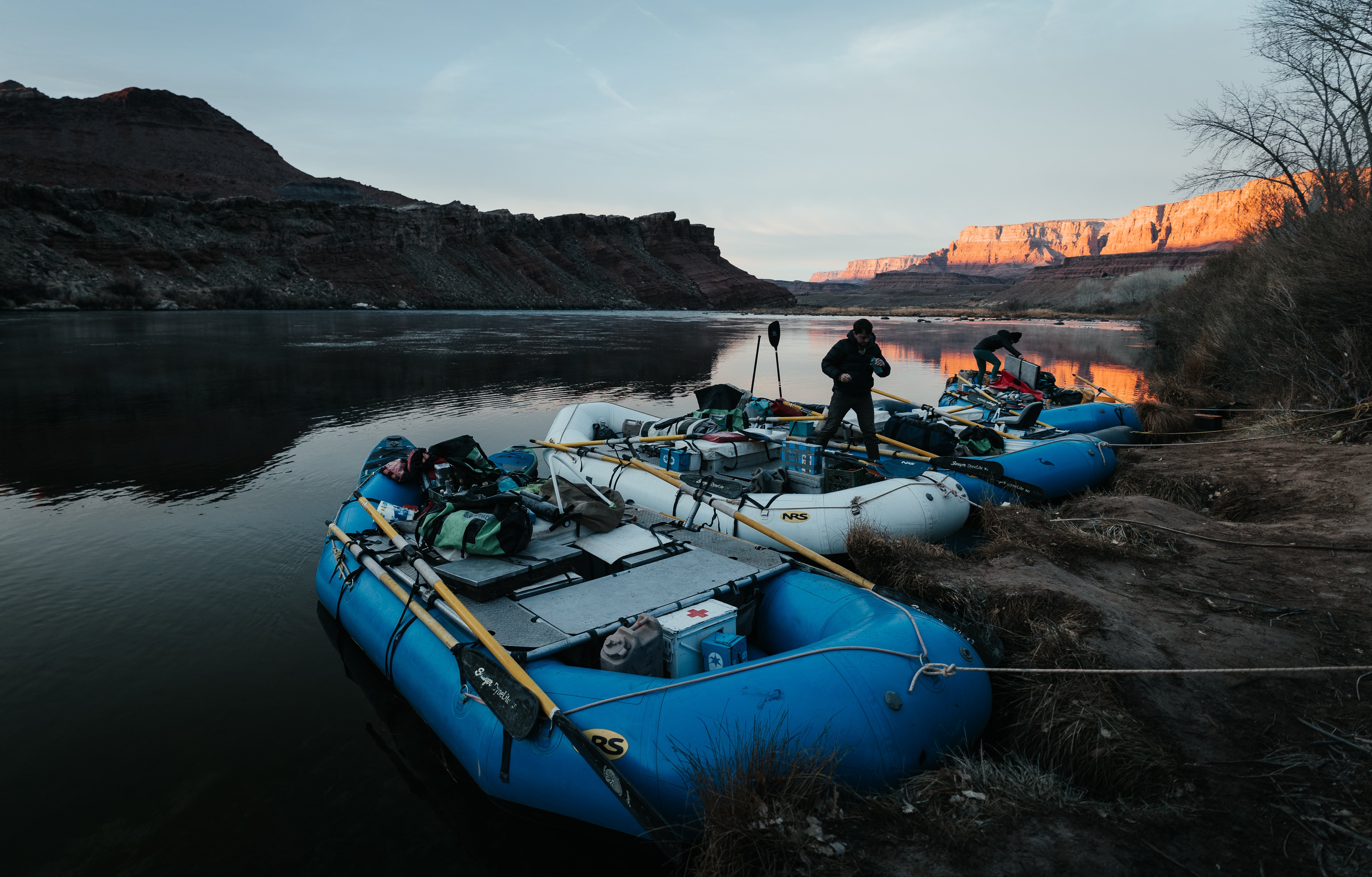
2. Choose Your Seat, Oar Towers + Oarlocks
This is when the fun starts. Now that you've chosen the right size frame for your raft, you get to start personalizing it and making it yours.
Where to Put Your Bum?
Naturally, a chair-like raft seat with a back and cushioning will be most folks' most comfortable seat option. However, if a seat is fixed to a cross bar it makes accessing the bay beneath it more difficullt, or in some cases, elimates storage beneath it entirely. Fixed seats work well for those day tripping or on shorter multi-day trips that don't require making use of every inch of storage space.
Flip seat mounts offer a solution to this problem. They allow your seat to rotate around the cross bar, which makes accessing the drop bag, cooler or dry box below relatively simple.
If you are looking to maximize storage space on your rig, consider making a large cooler or dry box the captain's seat. Folks often rig a paco pad or piece of foam on top of their cooler or dry box to make it more comfortable (and less hot!) to sit on. Remember to always measure your boat's inner dimensions before purchasing a cooler or dry box. In most cases, you will want your cooler or dry box to be as wide as possible without adding excess pressure to the raft's side tubes. Placing your cooler or dry box into a mesh drop bag helps minimize unwanted rubbing on the raft floor or side tubes.
Shop All Seats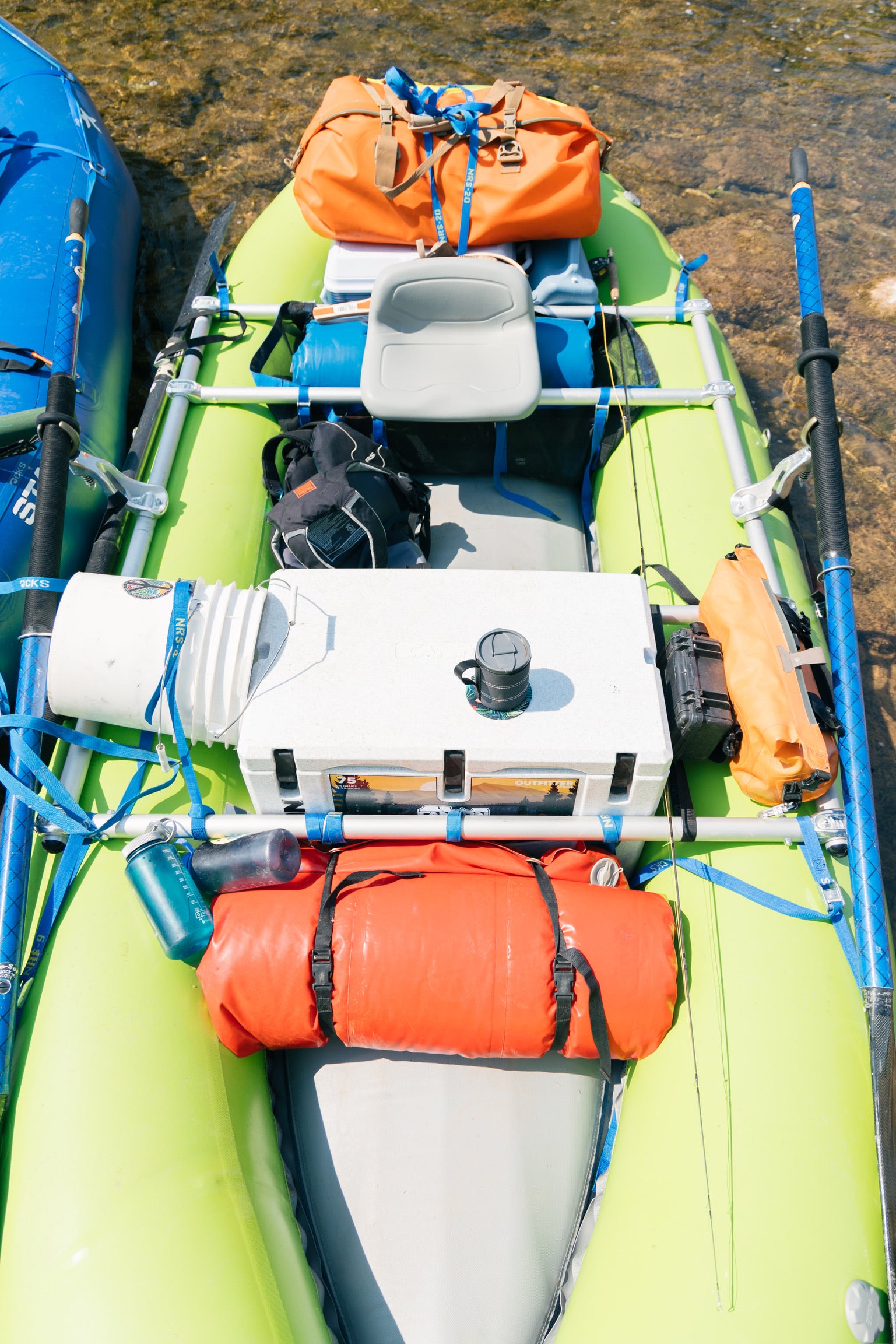

Oar Mounts + Oarlocks: Why They Matter
Oar mounts are a critical component for attaching oarlocks to your frame, which in turn allow you to row your raft. There is not much room for customization with oar mounts--you just need to choose the right height tower for your rower and your setup. NRS and Sawyer offer a few more options for oarlocks, however.
Check out our oarlock collection below to discover a variety of materials, weights, strengths, and pricepoints. You can't go wrong with any of the following options, it simply boils down to personal needs and preferences! Consider adding springs to your oarlock shafts to minimize the lock's vertical travel inside the oar mount.
Shop Oarlocks
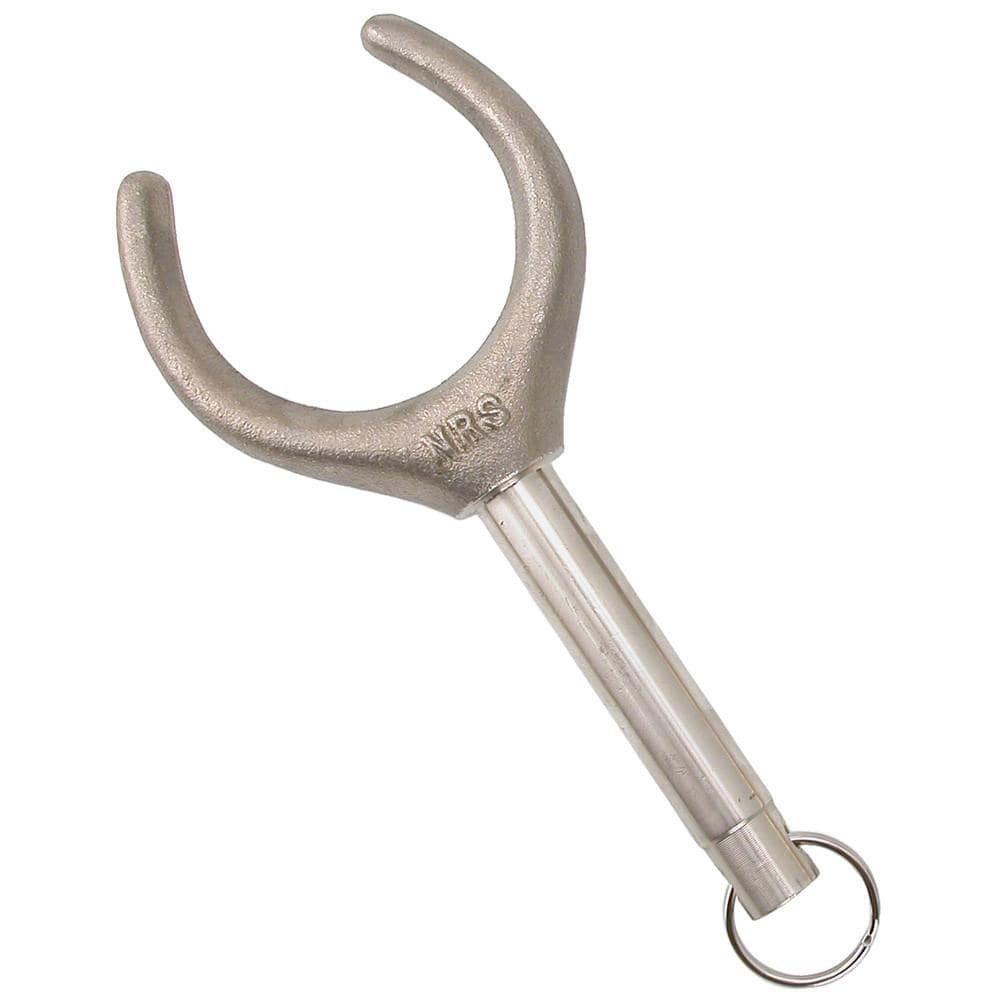
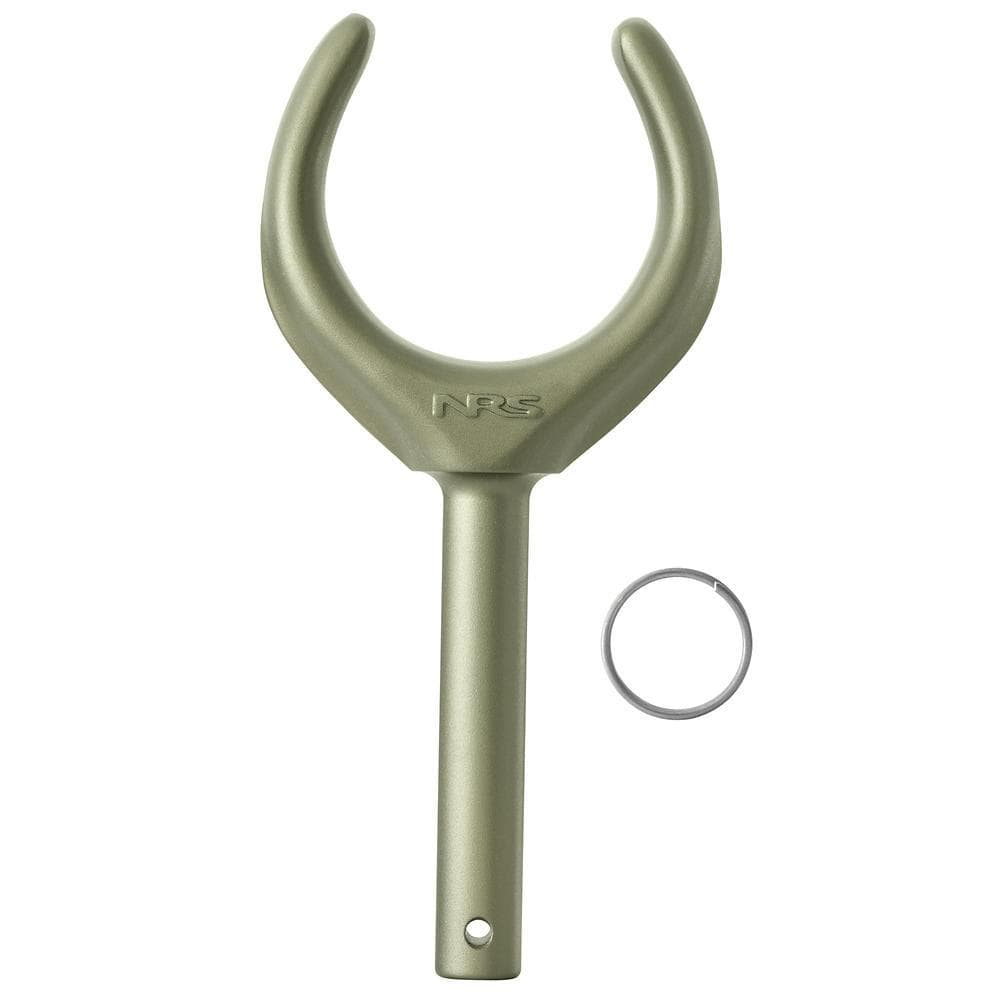
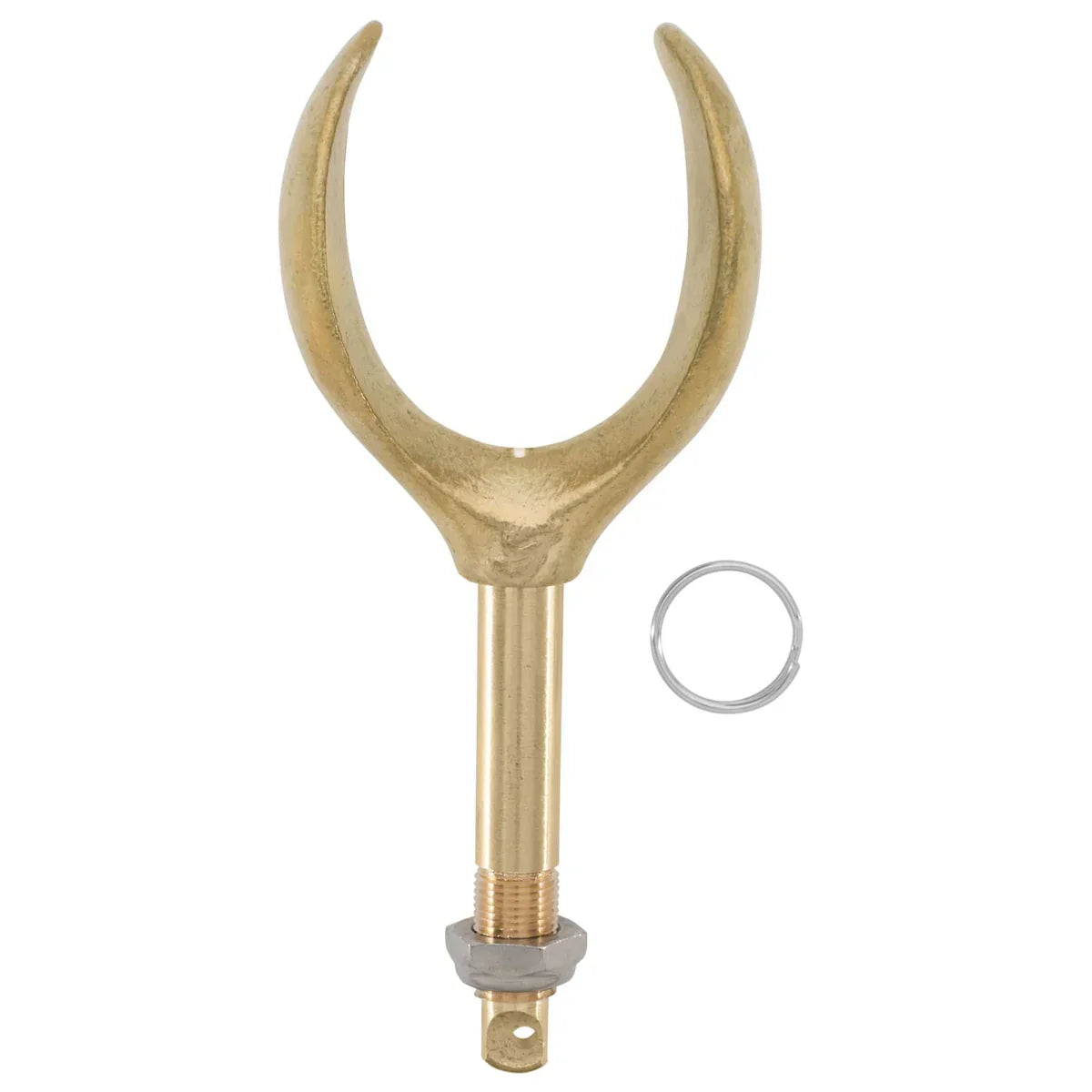
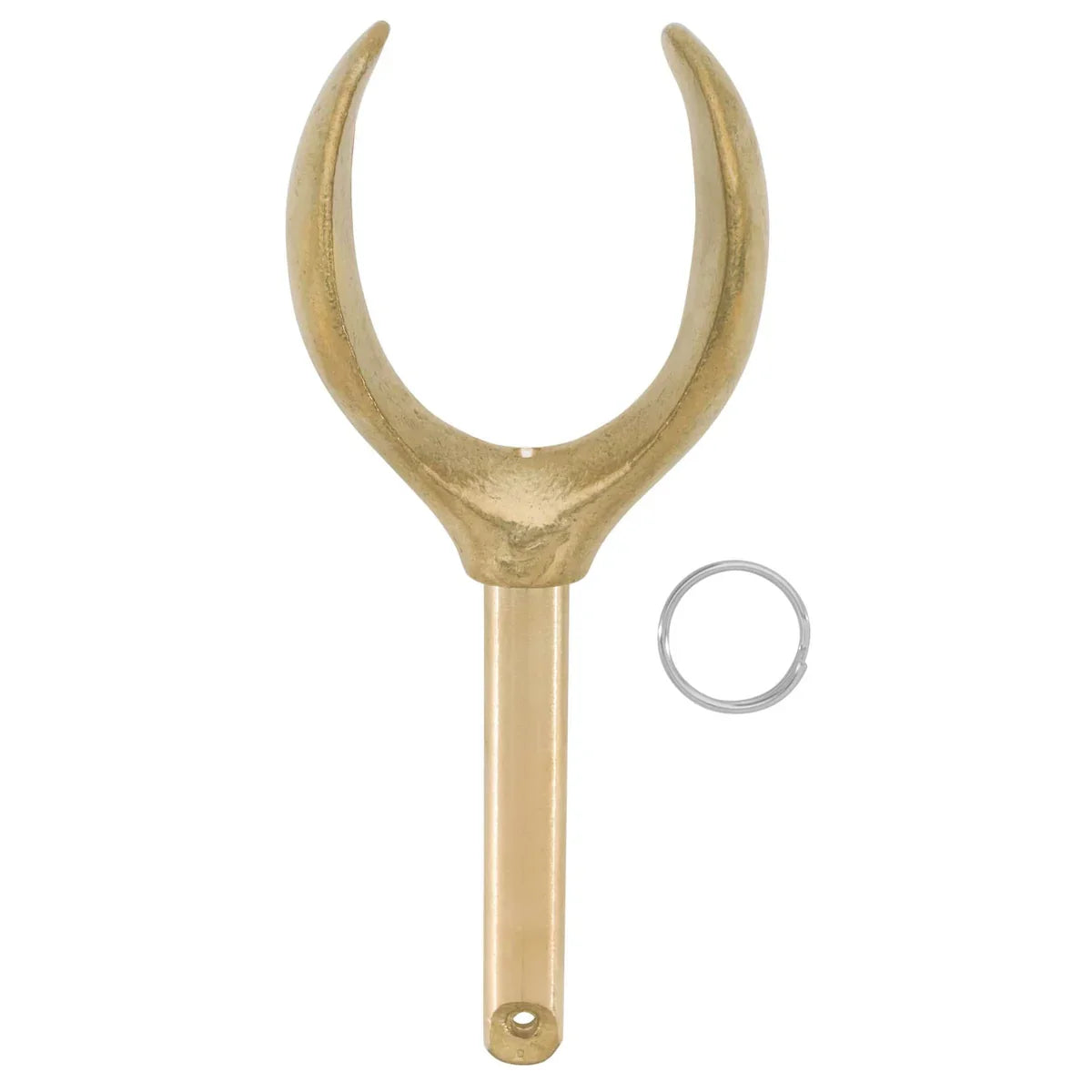
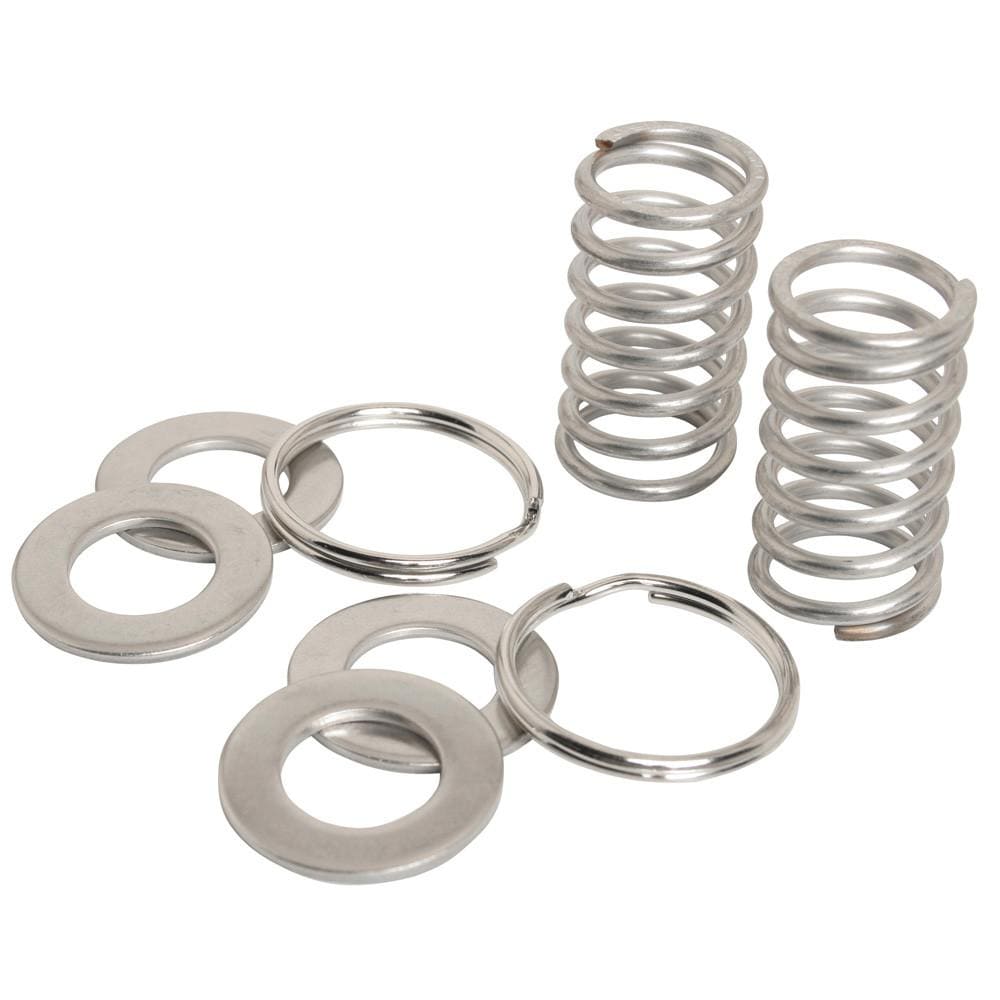

3. Choose Your Oar Shafts, Blades + Accessories
Everyone and their mother have opinions on how to properly size your oar. We've got opinions too, so we wrote an entire article about it.
TL;DR below.

Oar Shafts
The quickest rule of thumb for selecting the right length oar shaft is multiplying your raft frame width by 1.5. This gives you an idea of what your overall oar length should be. Keep in mind that oar shafts are sold as their total oar length under the assumption that they will be used with 30" oar blades.
Our selection of shafts range in cost, materials, durability, and weight. This is another choice that ultimately boils down to preference, so do your research to decide what is best for you and your needs! Keep in mind if you purchase oar shafts without stoppers, you will need to purchase either a plastic stopper, a rubber stopper, and/or an oar sleeve.
Learn More About Choosing Your OarShop All Oar Shafts + Upgrades
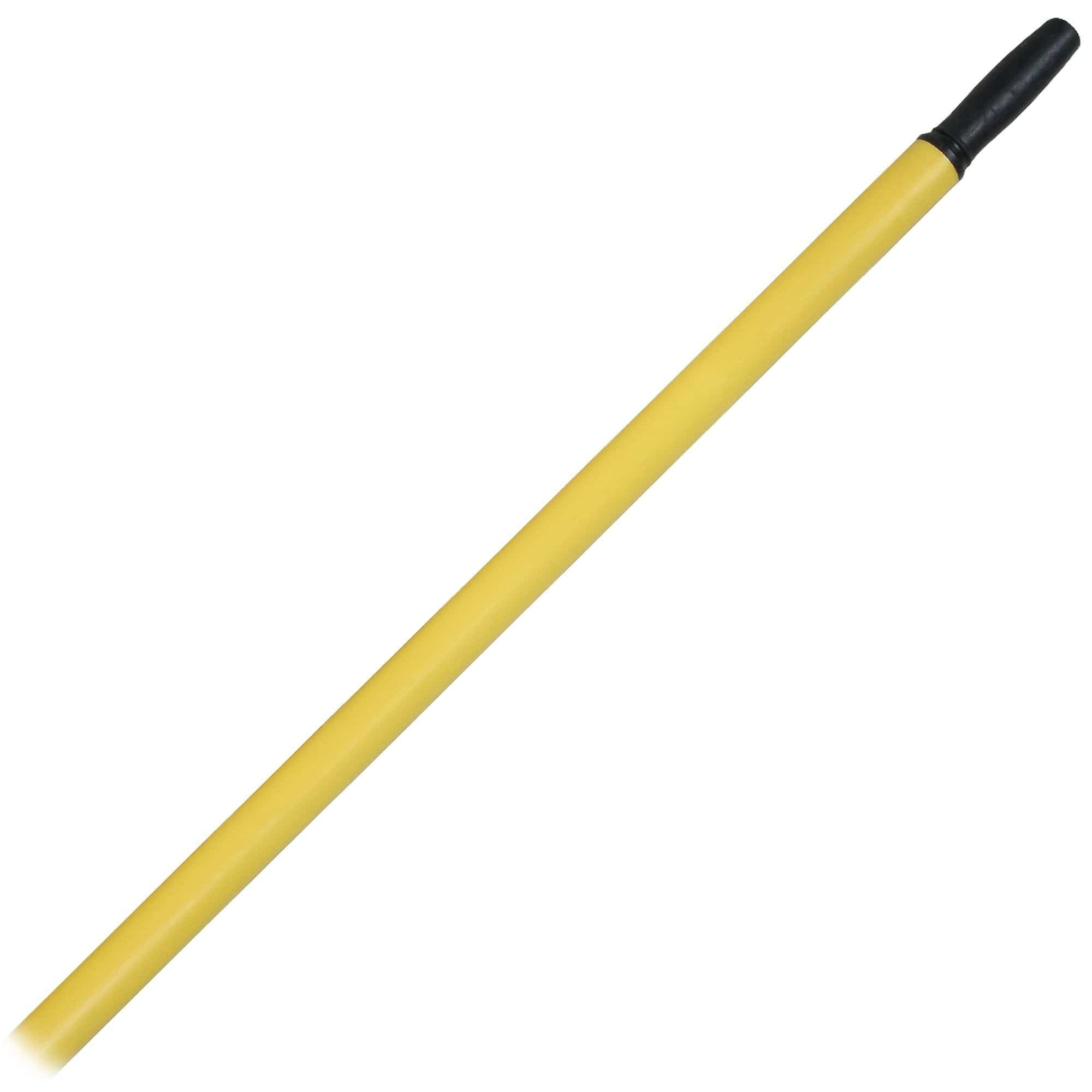
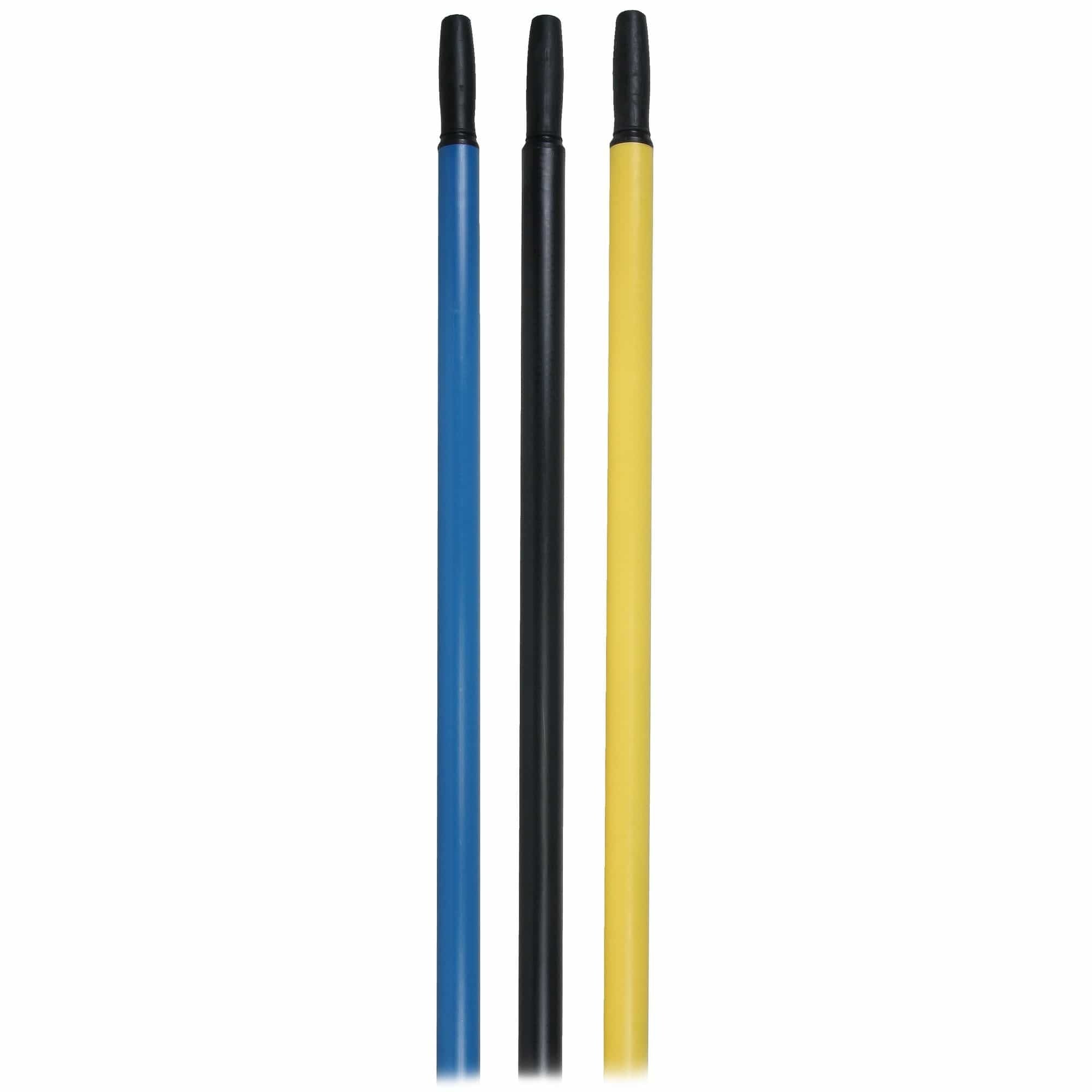

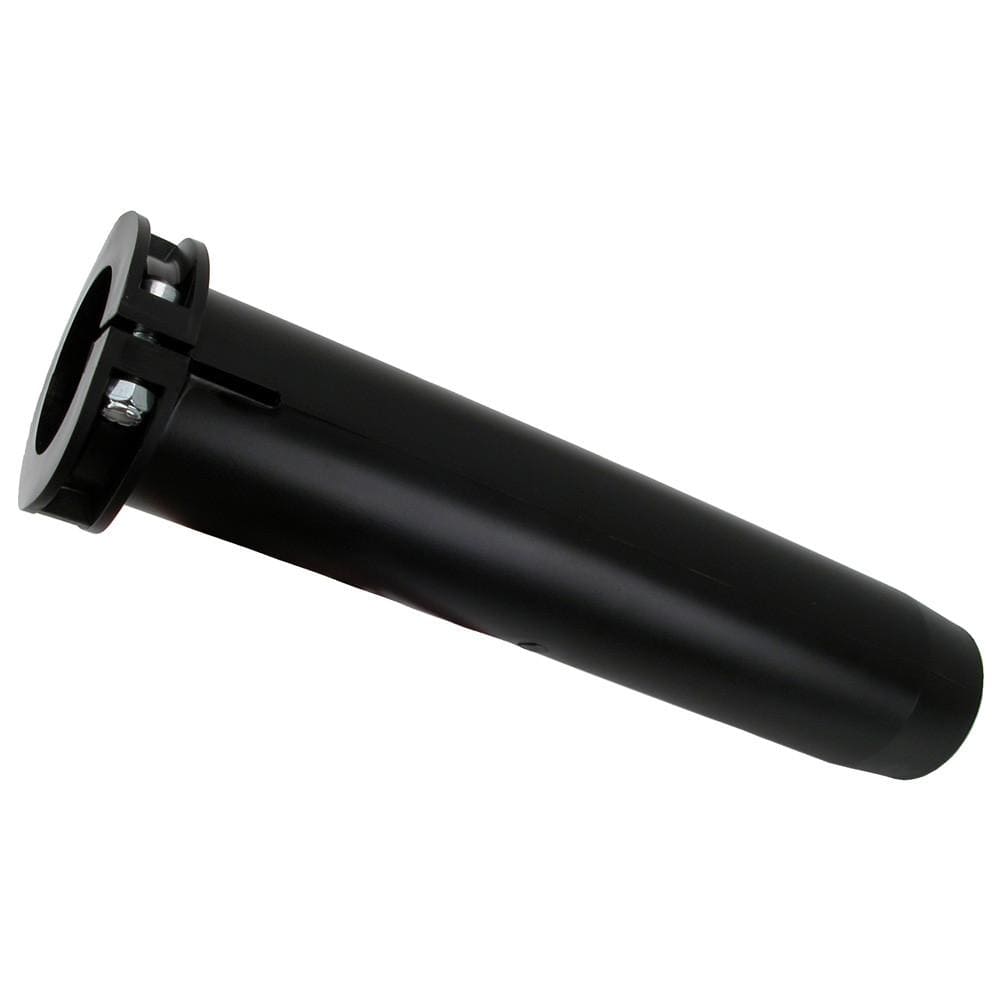
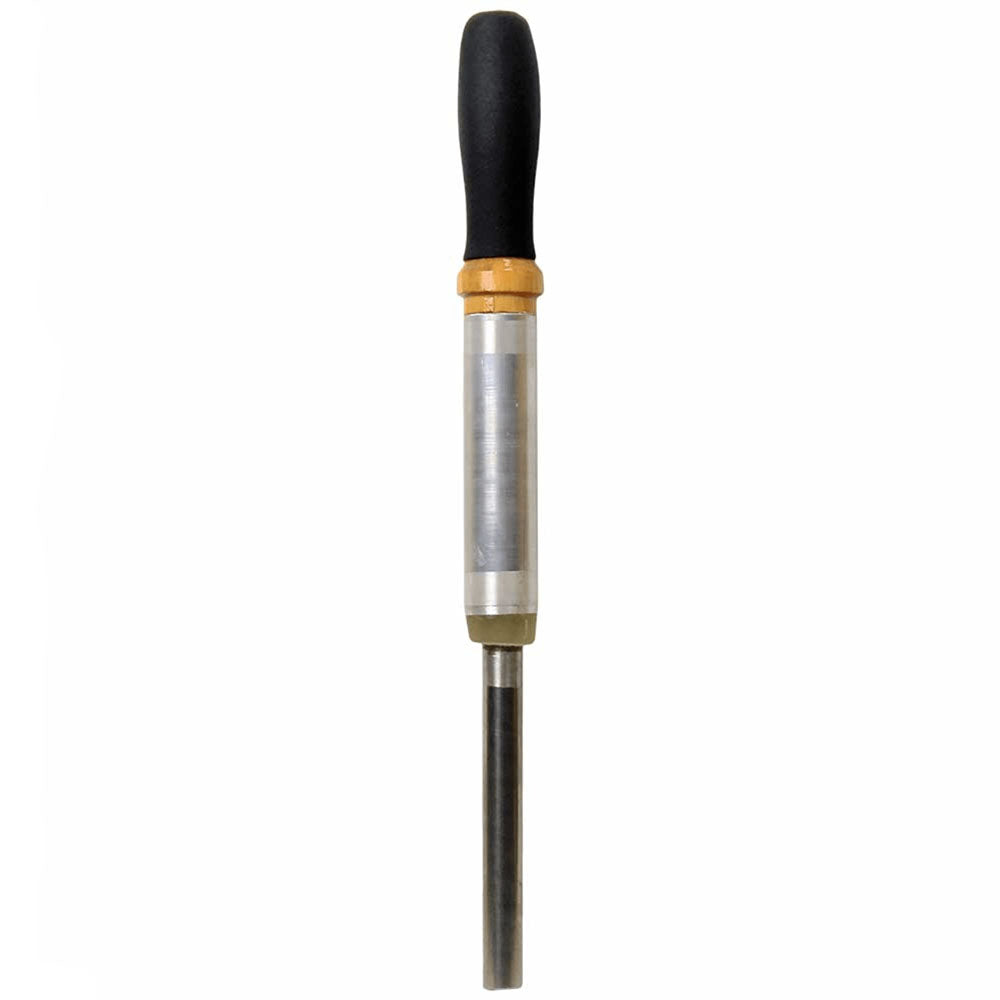
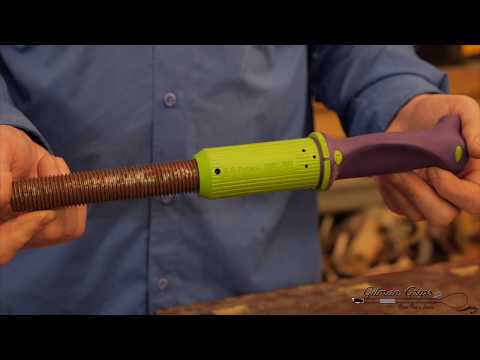
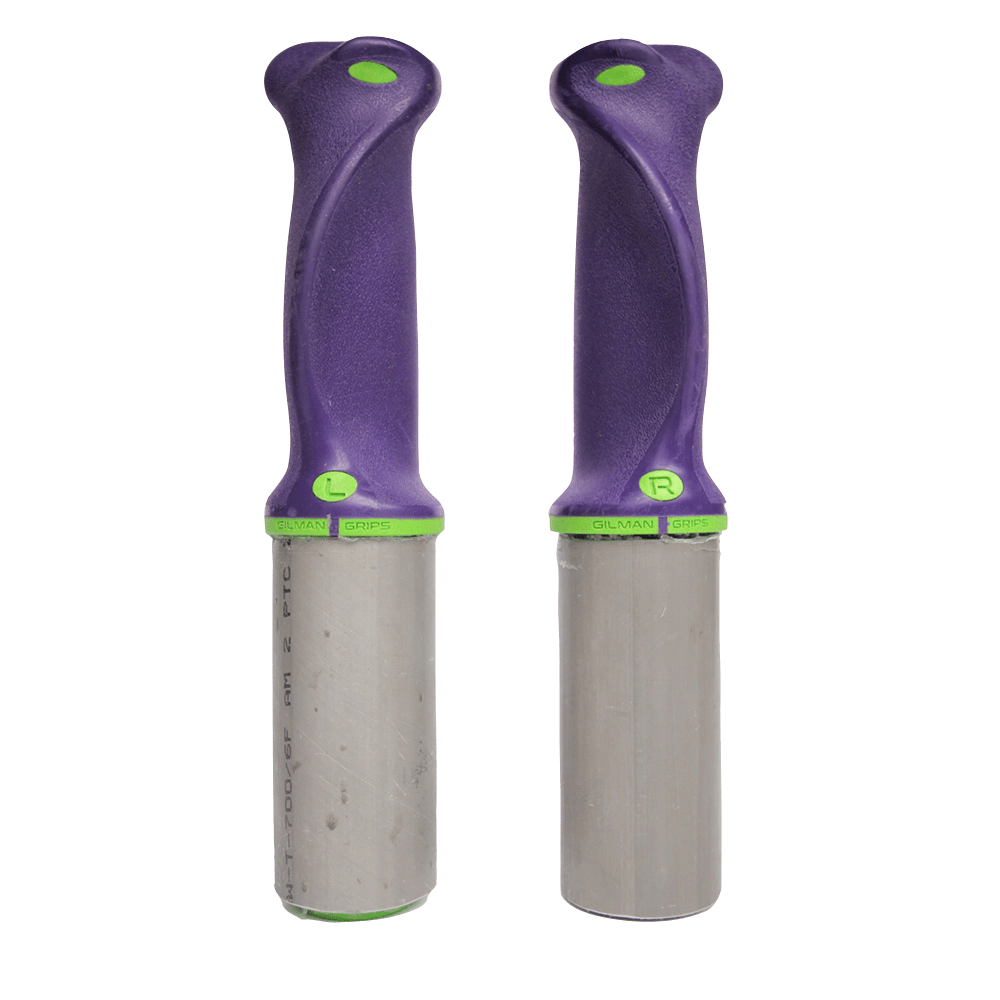
Oar Blades
Material and shape both matter when choosing the best oar blade for you. If you are in rocky, shallow waters (or are a newer rower) a durable plastic blade may be a good choice. If you are less prone to bashing rocks, you may want to opt for a lighterweight composite or wooden blade.
Traditional whitewater blades are rectangular in shape, or "Macon" style. Macon style blades get most folks by--they have just the right amount of surface area to balance power and speed. Anglers often go for a "shoal cut" blade shape that is wider throughout the length of the blade yet shorter and rounded off at the tip. This allows fishermen to get more of the blade's surface area in the water in shallow rivers.
Learn More About Choosing Your Blade
Shop All Oar Blades
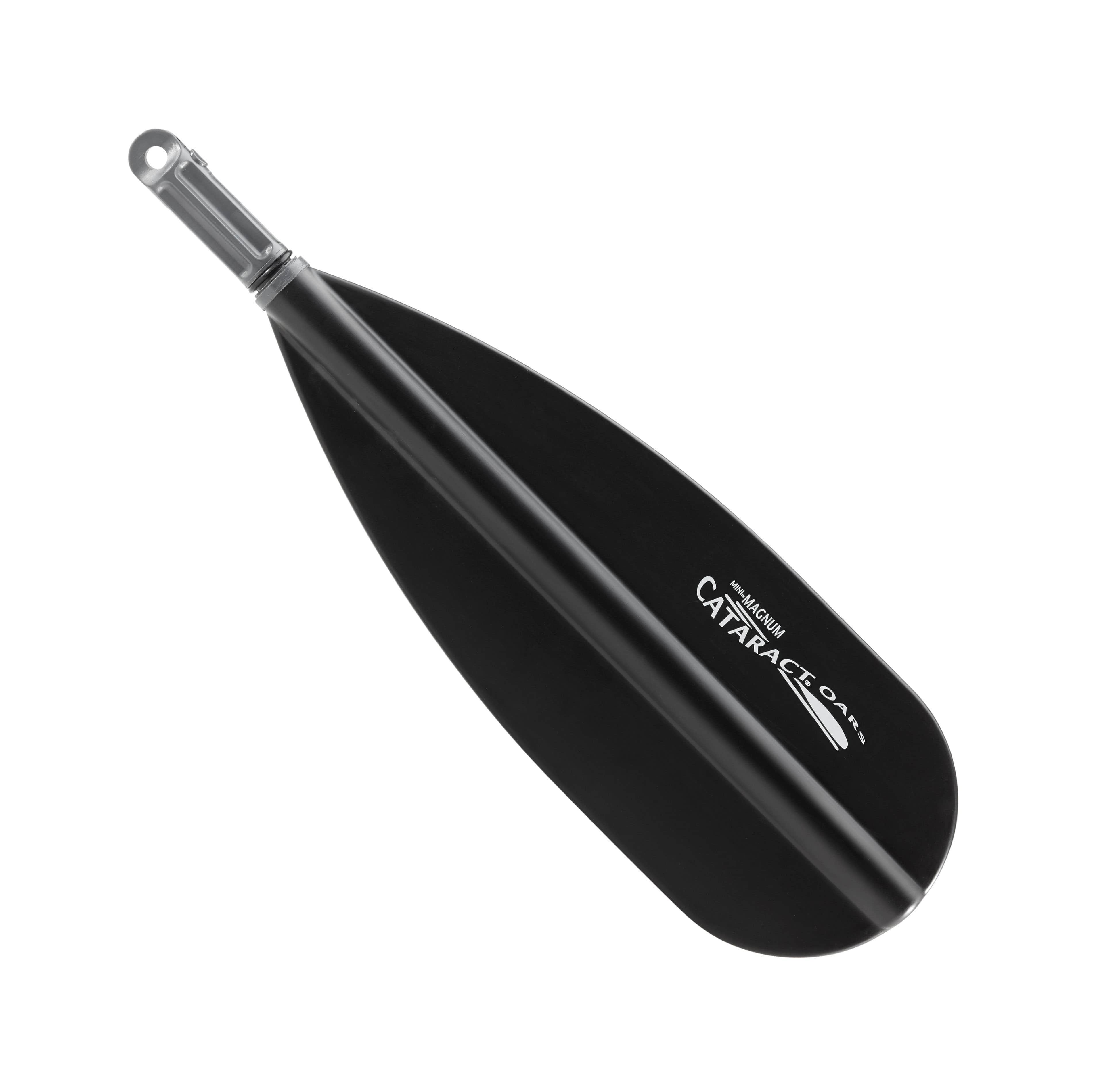

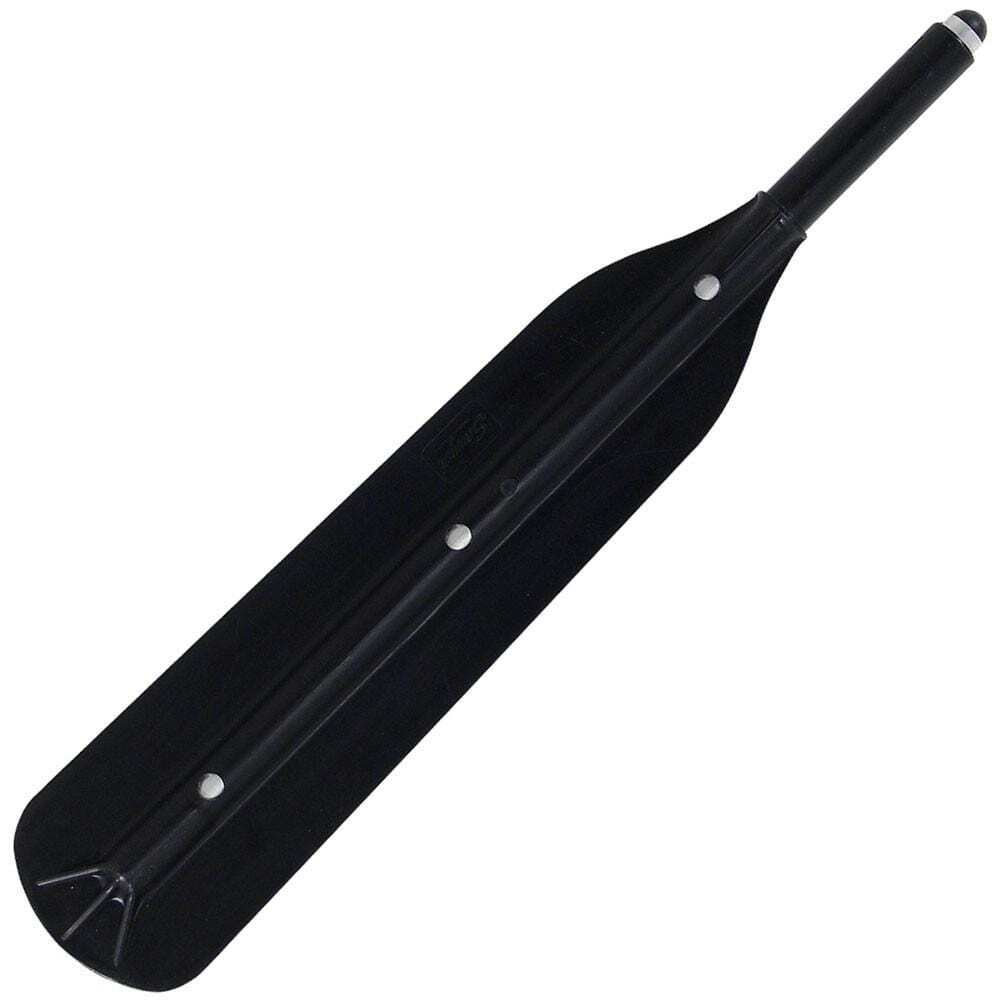
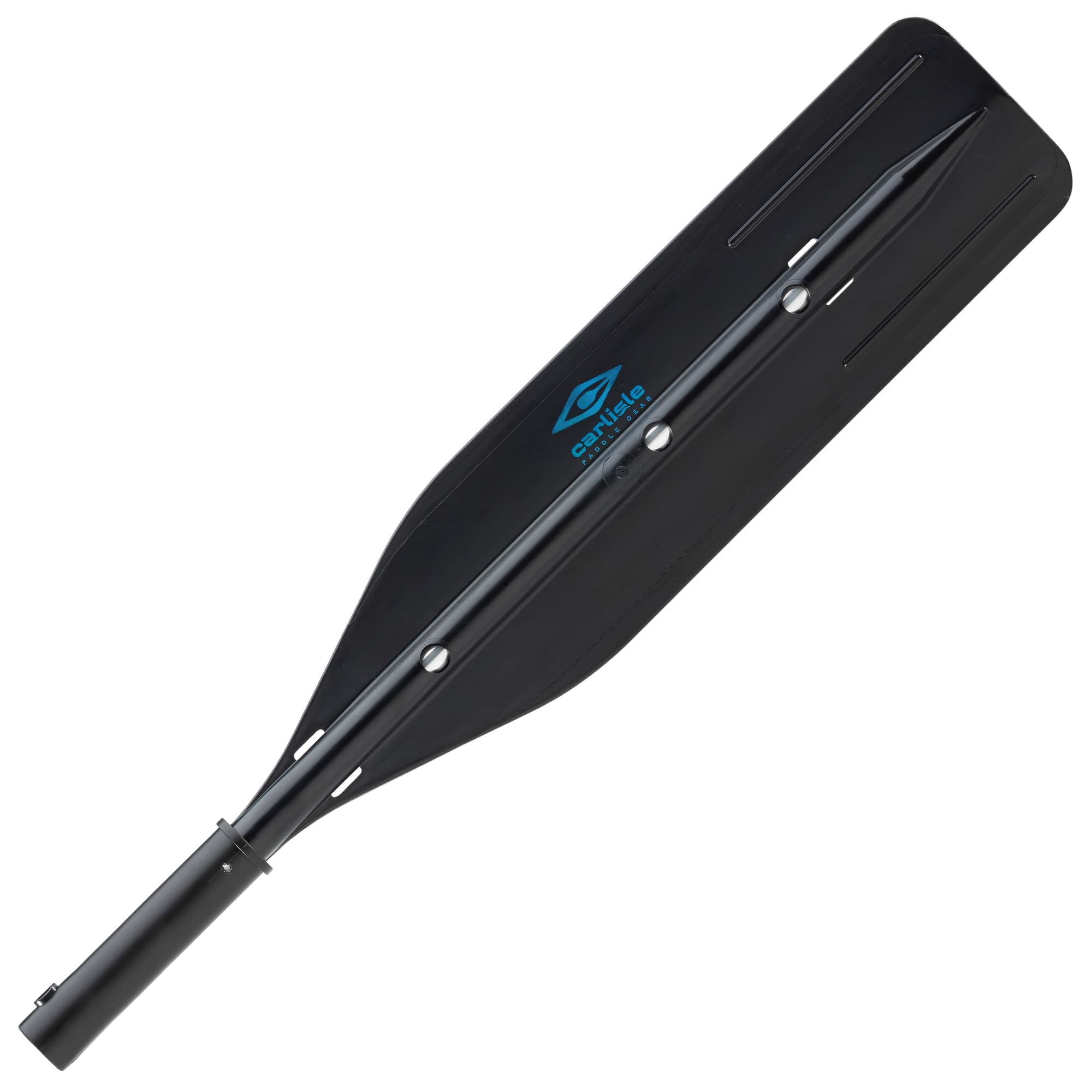

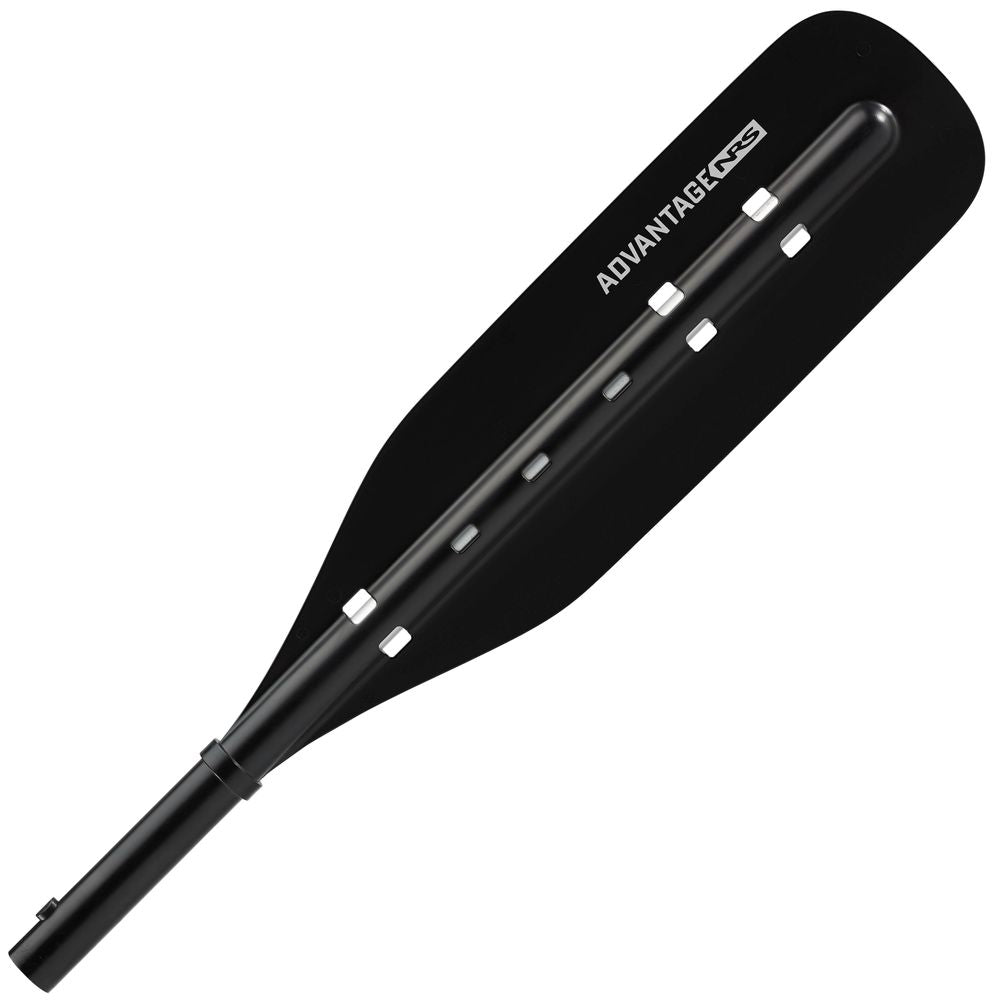
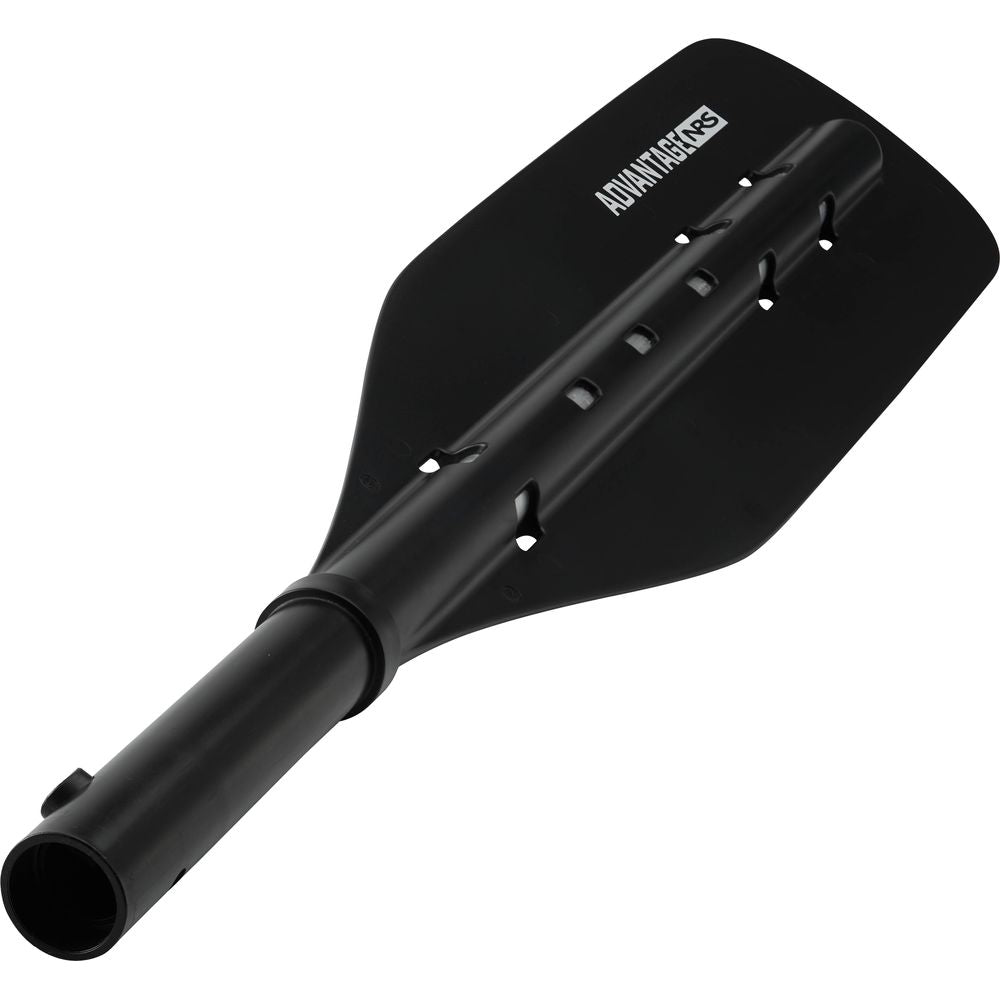

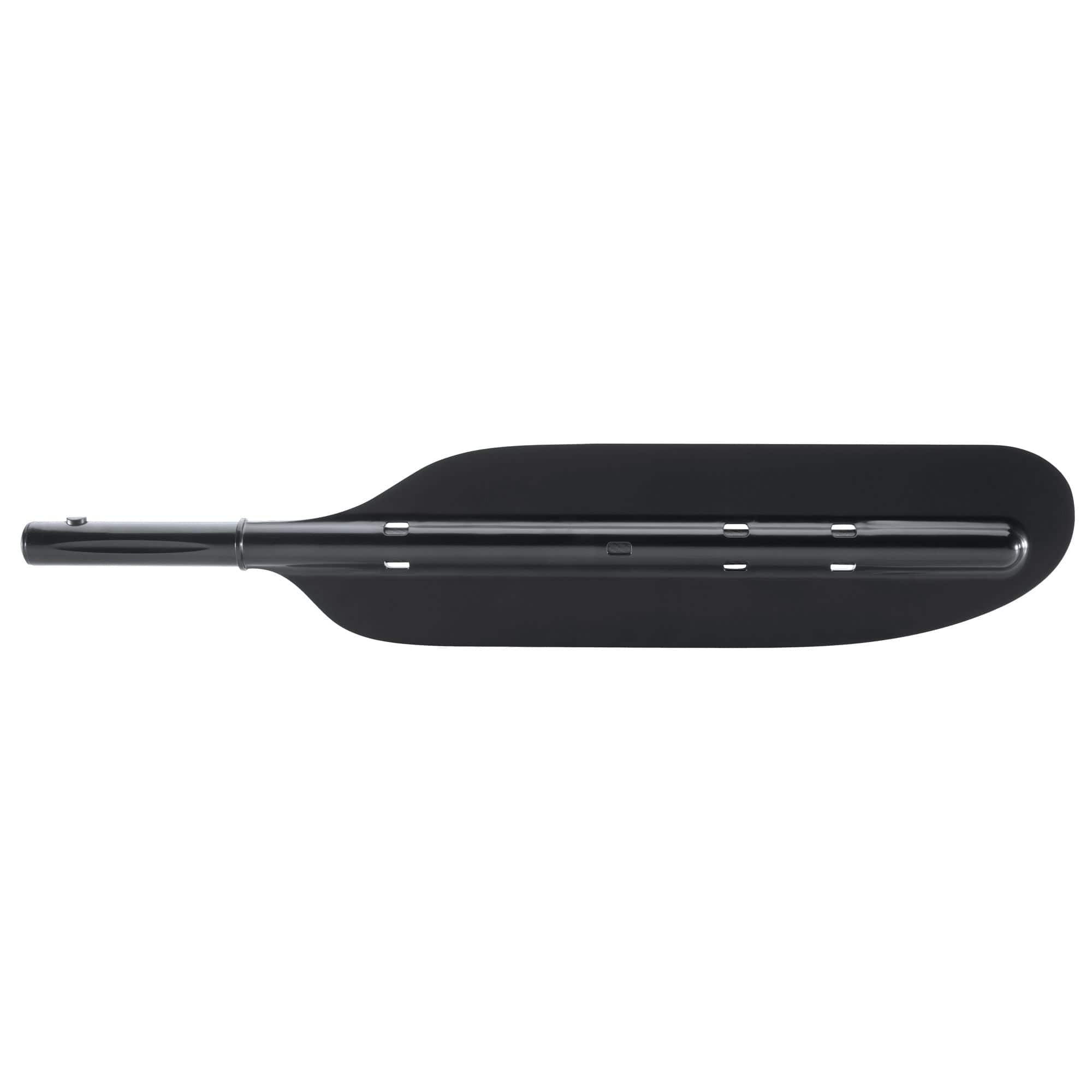
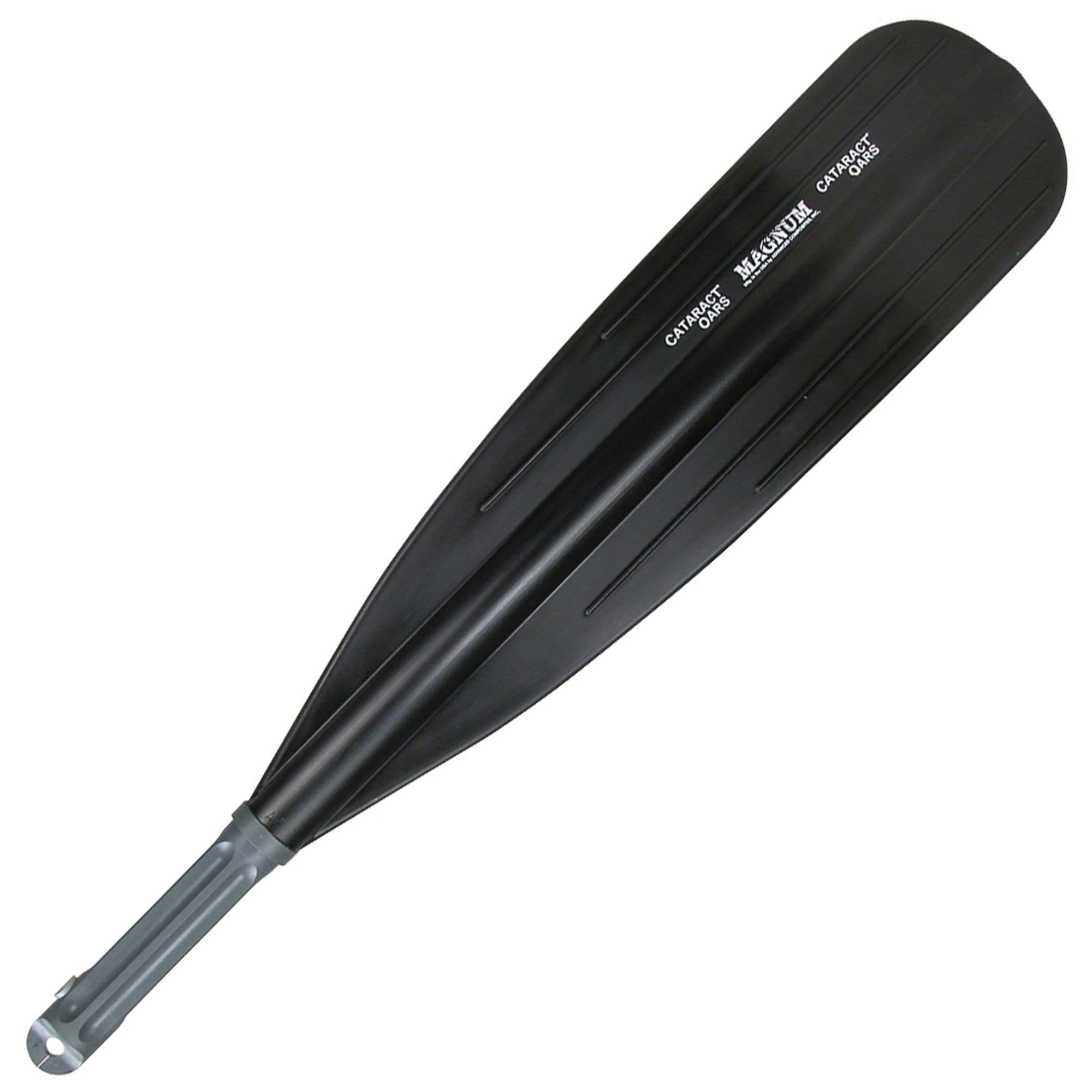
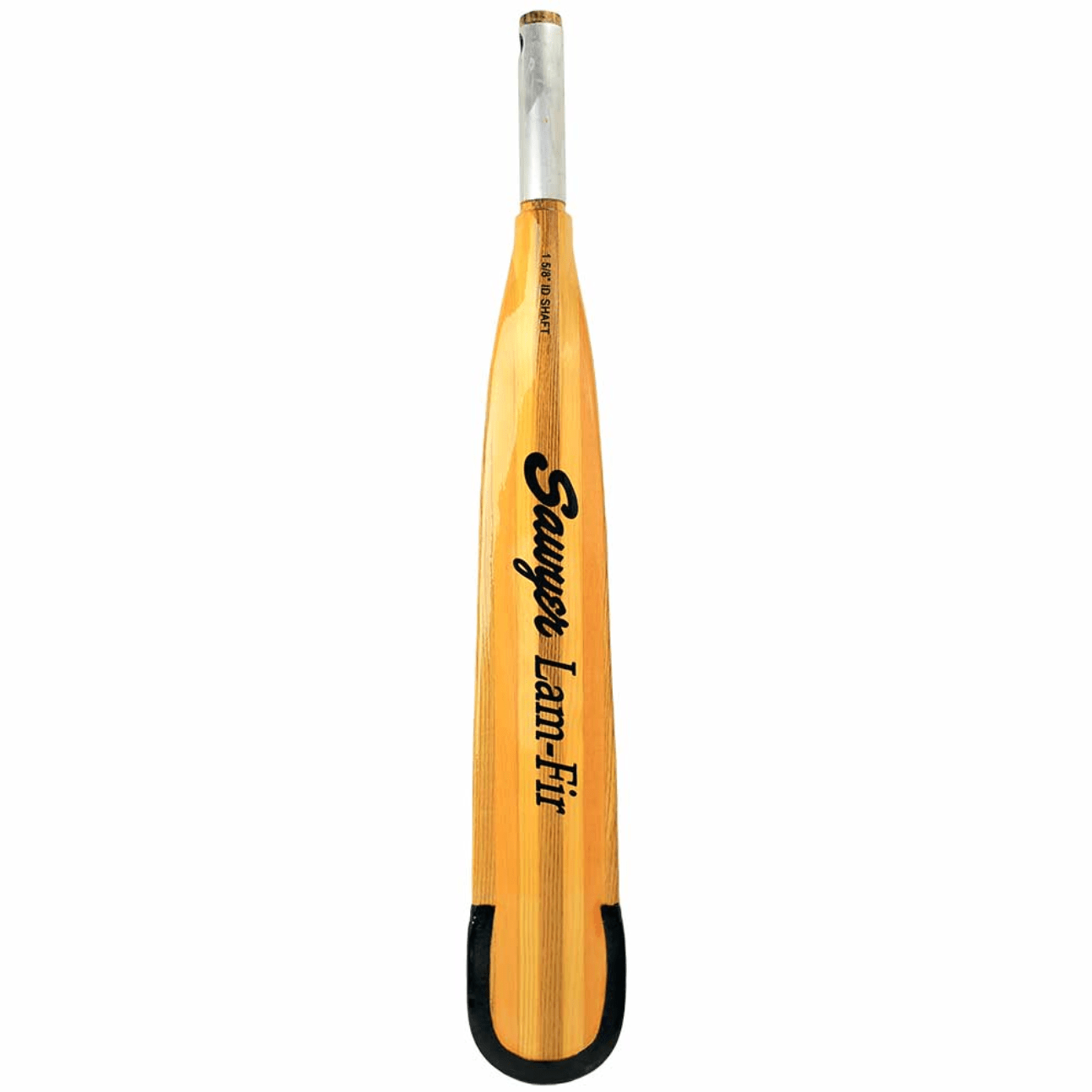
Next Up: Outfitting Your Raft
One could argue that some outfitting pieces serve vital purposes--dry boxes to store your kitchen equipment, drop bags to hold your cooler or dry box, and captain's bags to keep adult beverages on-hand, whereas some accessories are definitely a bit flashy.
Take a deep-dive into the best part about owning a raft in the last guide in our Raft Series, below.
A Guide to Outfitting Your Raft